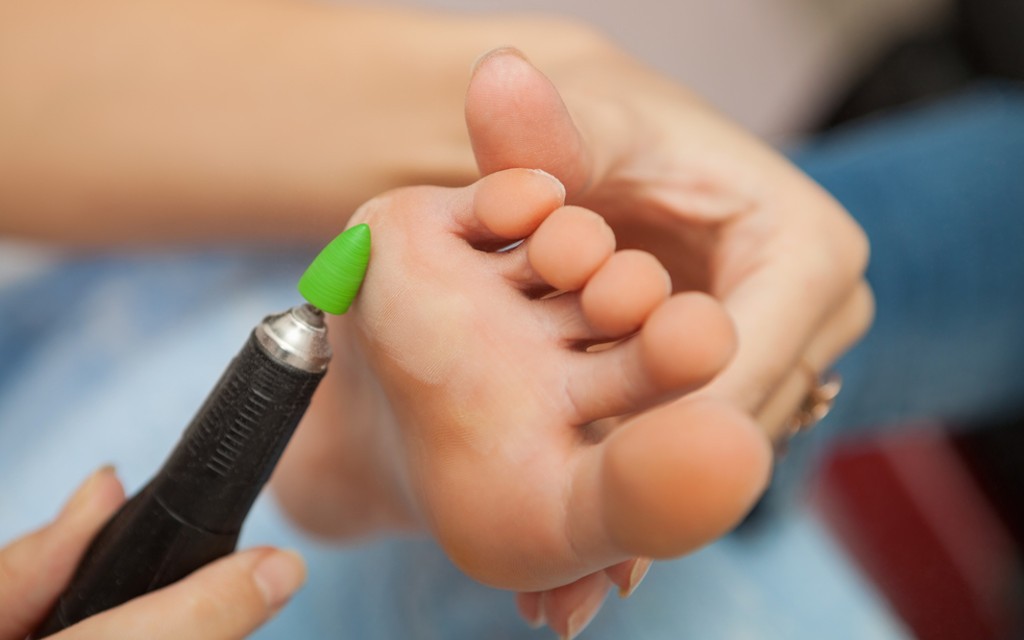Do you suffer from cracked heels? Learn more about the causes, prevention and some tips on how to get away with it
Cracked heels are a common foot problem. These can occur in both adults and children, and seems to affect women more often than men. For most people, having cracked heels isn’t serious. It may cause discomfort when going barefoot. In some cases, cracks in the heels can become very deep and cause pain.👣 Are cracked heels a sign of diabetes?
What causes cracked heels?
The first sign of cracked heels or fissures is having areas of dry, thickened skin, known as callouses, around the rim of your heel. As you walk, the fat pad under your heel expands. This causes your callouses to crack.
Other factors that can cause cracked heels include:
- standing for long hours
- walking around barefoot, or with open-back sandals
- taking long, hot showers
- using harsh soaps that can strip your skin of natural oils
- shoes that don’t fit properly or support your heels
- dry skin due to climate, such as cold temperatures or low humidity
If you don’t moisturize your feet regularly, they may dry out even faster.
Medical causes
High blood sugar and poor circulation resulting from diabetes are common causes for dry skin. Nerve damage may prevent you from knowing your feet are dry, cracked, and painful.
Other conditions that may lead to dry skin and cracked heels include:
- vitamin deficiency
- fungal infection
- hypothyroidism
- atopic dermatitis
- juvenile plantar dermatosis
- psoriasis
- palmoplantar keratoderma, causes abnormal skin thickening on the soles and palms
- obesity
- pregnancy
- aging
- dehydration
How to prevent cracked heels?
- Avoid standing in one position or sitting with your legs crossed for too long.
- Avoid using flip flops and sandals, open-back shoes, shoes with a tall skinny heel, and shoes that are too tight.
- Slather on thick foot cream at night and then cover your feet with socks to lock in moisture.
- Inspect your feet daily, especially if you have diabetes or another condition that causes dry skin.
- Wear custom shoe inserts (orthotics) to cushion your heel and even out weight distribution.
- Wear good quality or clinically-tested padded socks.
- Use silicon heel cups to keep the heel moisturized and help prevent the heel pad from expanding.
- Drink plenty of fluids to stay hydrated.
- Use a pumice stone after showering a few times a week to help prevent thickening skin. But avoid removing calluses yourself if you have diabetes or neuropathy. You may inadvertently create a wound and increase your risk of infection.
Tips for treating cracked heels
Here are some tips on how to avoid and treat your cracked heels:
- apply heel balm in the morning to increase skin elasticity before you start your day
- moisturize your heel two to three times a day
- wear shoes that protect your heel
In many cases, cracked heels aren’t cause for concern. You may be able to relieve the condition with over-the-counter or home remedies. However, if you have tried many home remedies and it still doesn’t go away, you may need to have a medical consultation which can provide the right treatment for your condition.
If you are suffering from cracked heels, we can provide a treatment protocol for you and get your feet back to normal. Schedule an appointment here or you may call us at 44 (0) 207 101 4000.📞
Hope you are having a feetnomenal day! 👣☀️
-The Chelsea Clinic and Team




